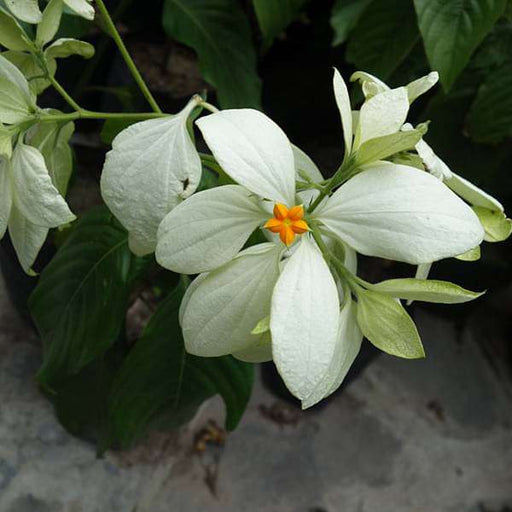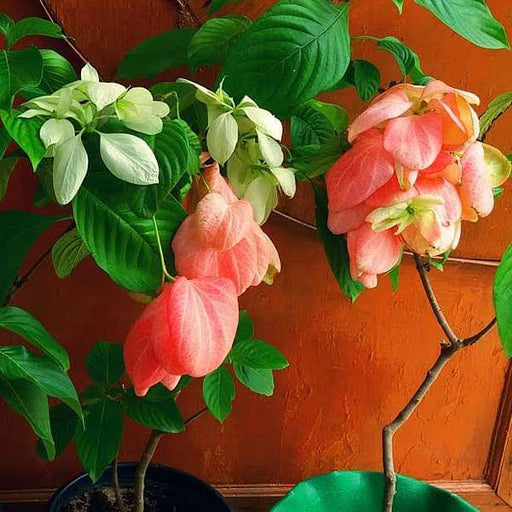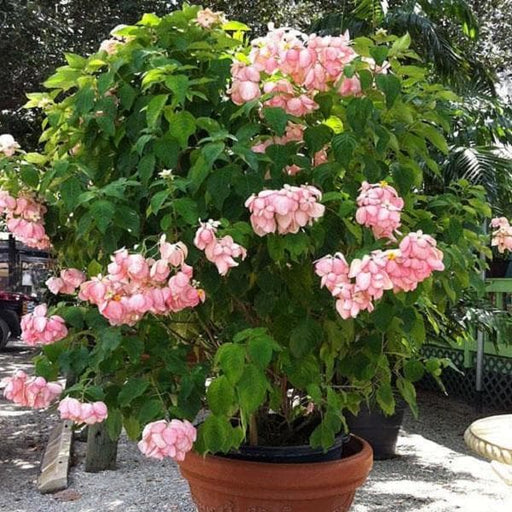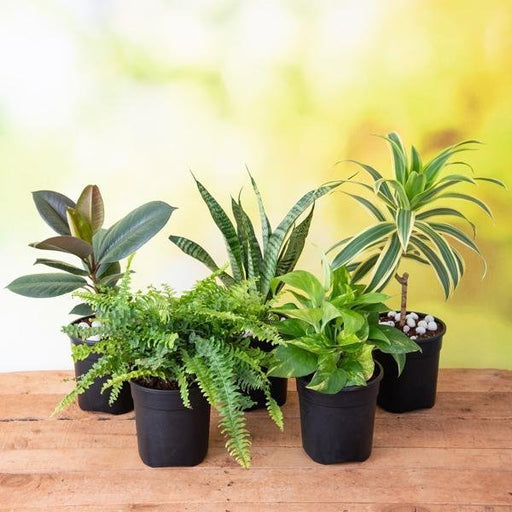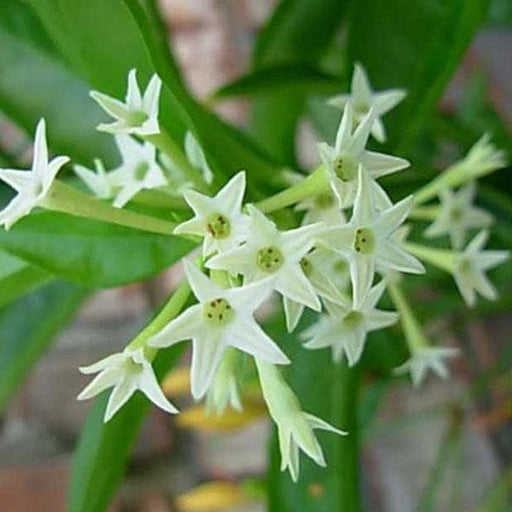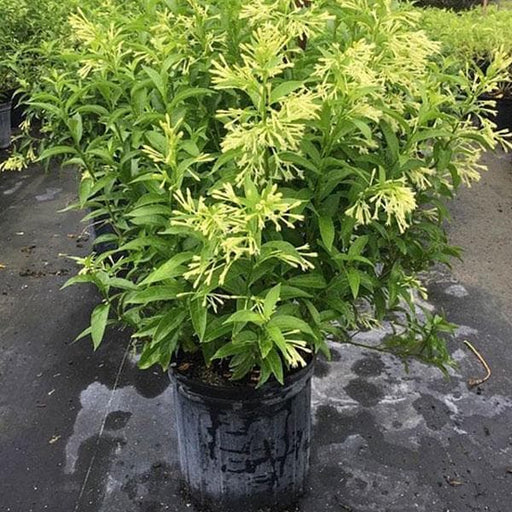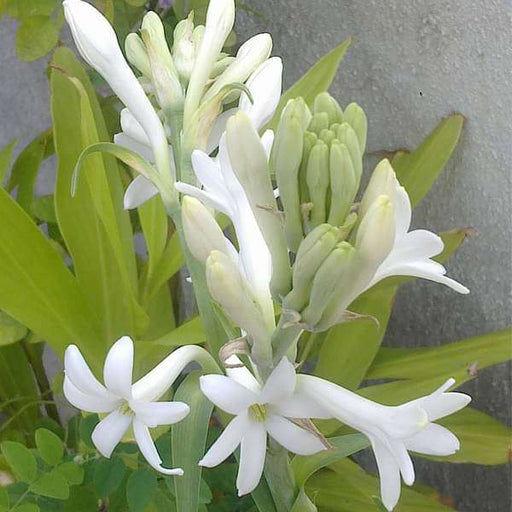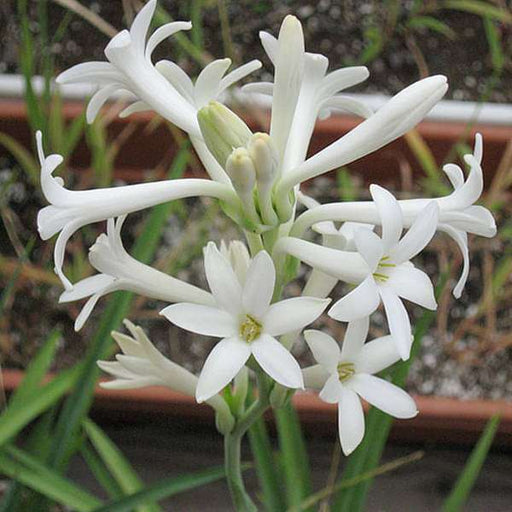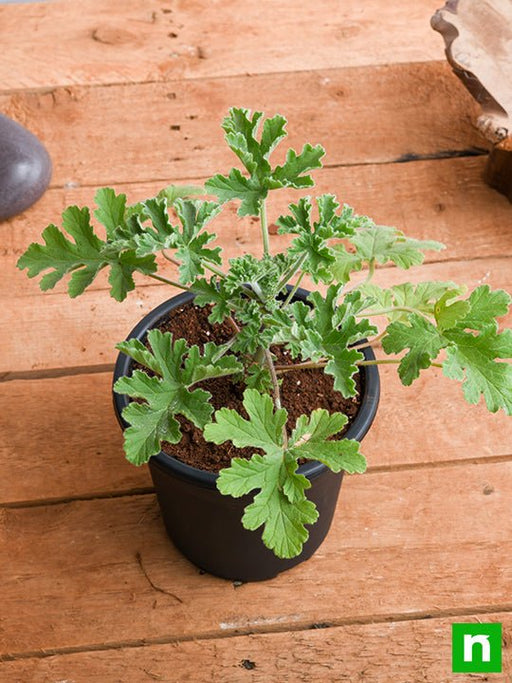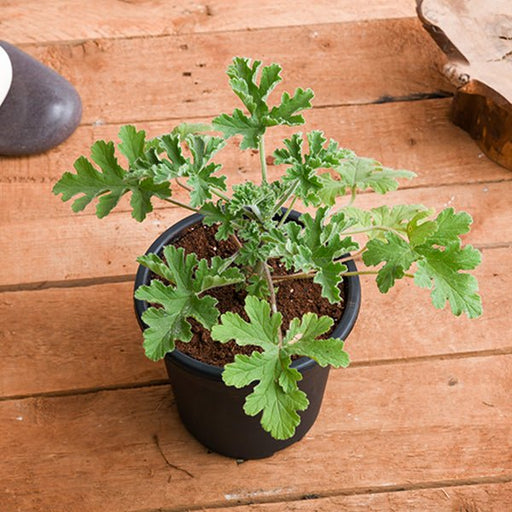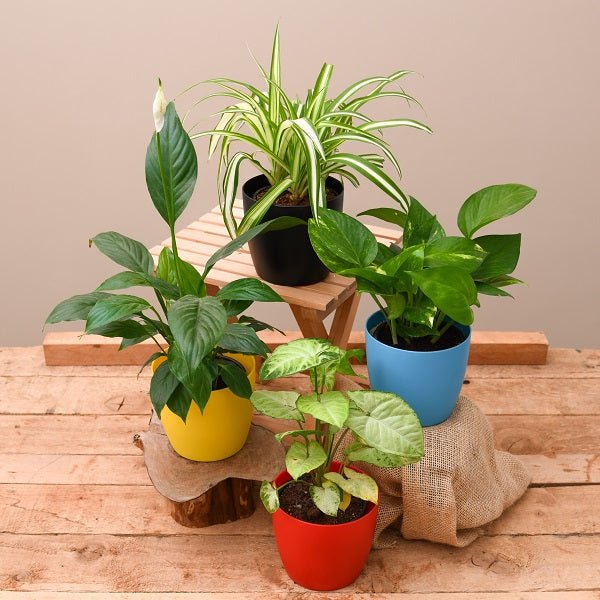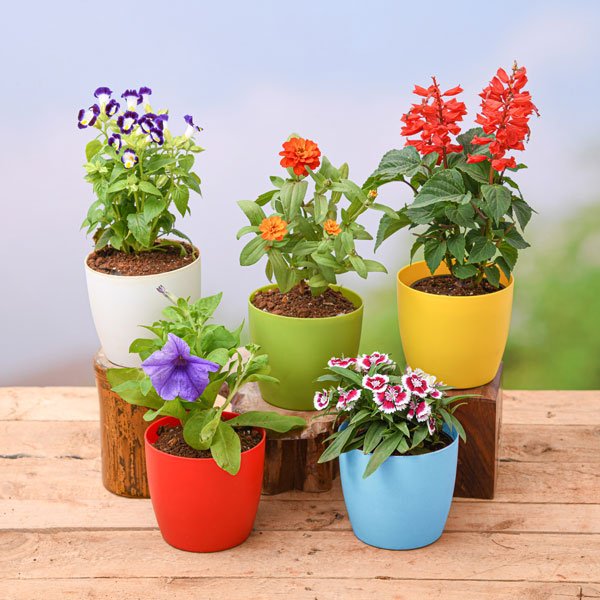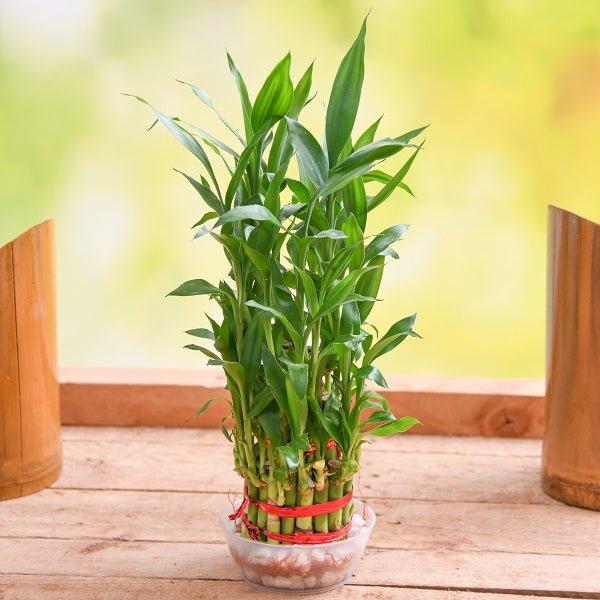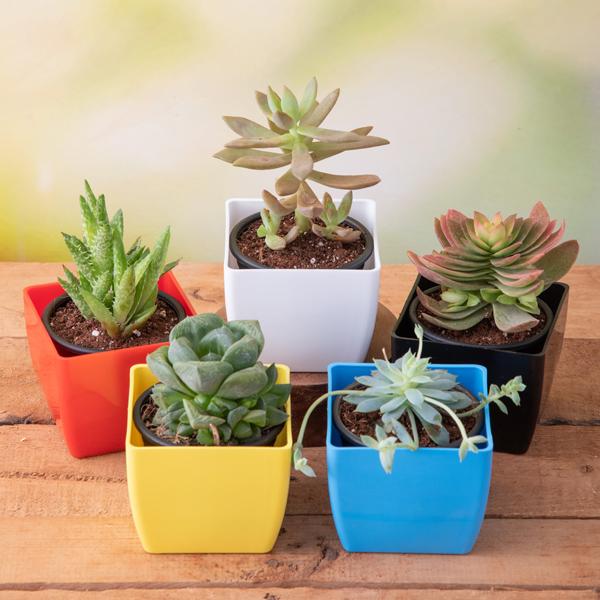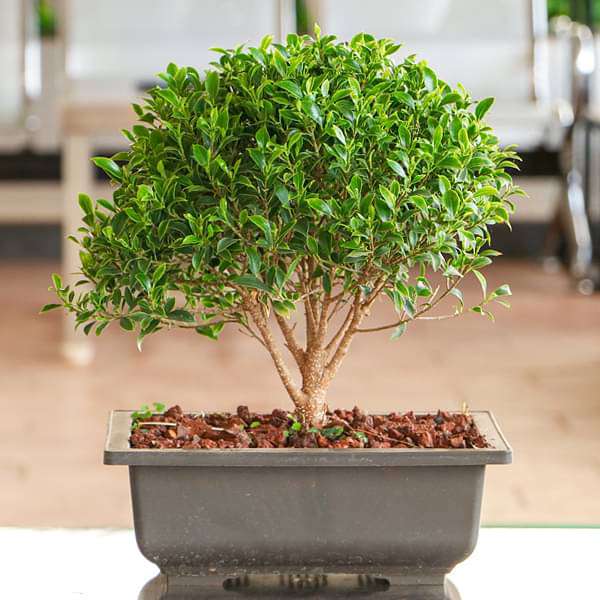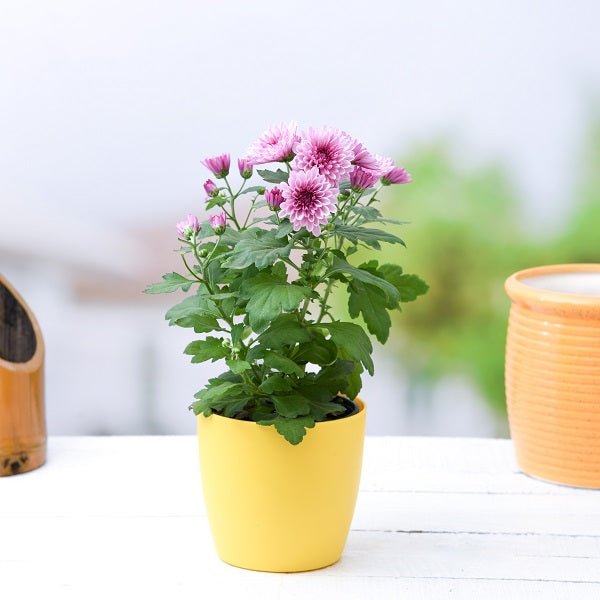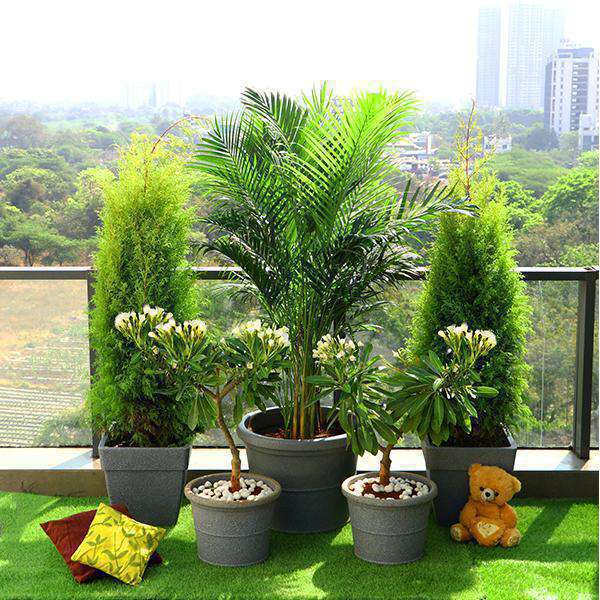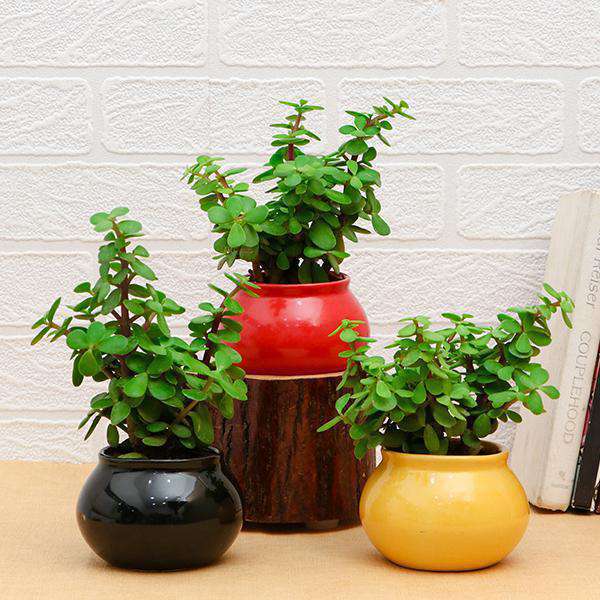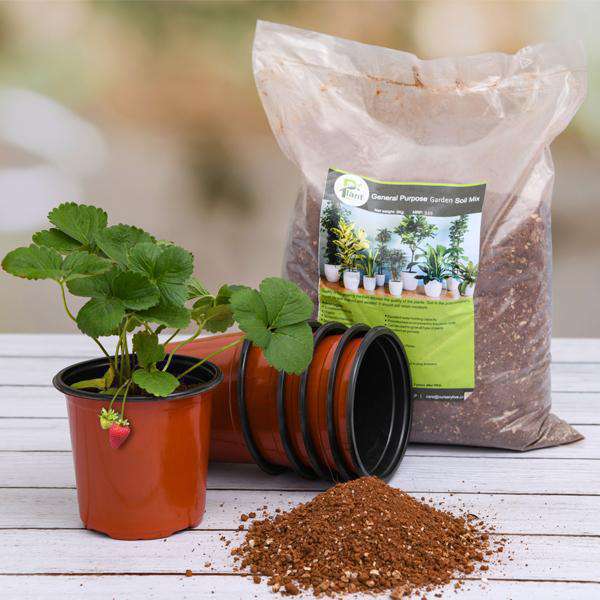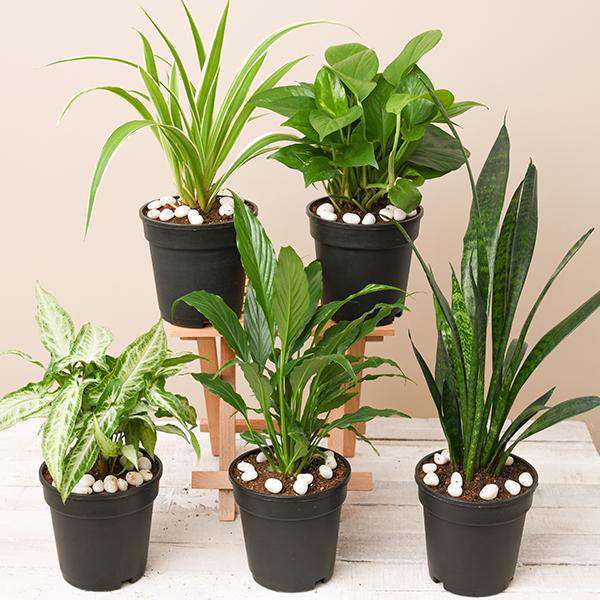Mussaenda plant care
Mussaenda plants are beautiful tropical shrubs that require proper care to thrive. Proper watering, fertilizing, and pruning are crucial to ensure healthy growth and flowering. In this article, we will discuss the tips and tricks to take care of your Mussaenda plant.
Mussaenda plant varieties
There are over 200 species of Mussaenda plants, each with unique features and characteristics. Some varieties have variegated foliage, while others have vibrant flowers. In this article, we will explore the different Mussaenda plant varieties and their characteristics.
Mussaenda plant propagation
Mussaenda plants can be propagated through various methods such as stem cuttings, layering, and seeds. In this article, we will discuss the different ways to propagate your Mussaenda plant and the steps involved.
Mussaenda plant diseases
Mussaenda plants are susceptible to various diseases, including fungal infections, viral infections, and pests. In this article, we will discuss the common diseases that affect Mussaenda plants and how to prevent and treat them.
Mussaenda plant pruning
Pruning Mussaenda plants is essential to maintain their shape and size, promote healthy growth, and stimulate blooming. In this article, we will discuss when and how to prune your Mussaenda plant.
Mussaenda plant fertilization
Proper fertilization is crucial to ensure healthy growth and blooming of Mussaenda plants. In this article, we will discuss the best fertilizers for Mussaenda plants and how to apply them.
Mussaenda plant pests
Mussaenda plants can attract various pests such as aphids, mealybugs, and spider mites. In this article, we will discuss the common pests that affect Mussaenda plants and how to prevent and treat them.
Mussaenda plant landscaping
Mussaenda plants can be used for landscaping purposes, such as creating hedges, borders, and focal points. In this article, we will discuss the different ways to incorporate Mussaenda plants into your landscape design.
Mussaenda plant uses
Mussaenda plants have various uses, such as ornamental purposes, medicinal purposes, and as a source of dye. In this article, we will discuss the different uses of Mussaenda plants.
Mussaenda plant pruning time
Pruning Mussaenda plants at the right time is crucial to ensure healthy growth and blooming. In this article, we will discuss the best time to prune your Mussaenda plant.
Mussaenda plant winter care
Mussaenda plants are tropical plants and require special care during the winter season. In this article, we will discuss the tips and tricks to take care of your Mussaenda plant during the winter season.
Mussaenda plant soil requirements
Mussaenda plants require well-draining soil that is rich in organic matter. In this article, we will discuss the ideal soil requirements for Mussaenda plants and how to prepare the soil for planting.
Mussaenda plant sun exposure
Mussaenda plants require partial to full sun exposure to thrive. In this article, we will discuss the ideal sun exposure requirements for Mussaenda plants and how to provide them.
Mussaenda plant companion plants
Mussaenda plants can be paired with other plants to create beautiful combinations and add texture to your garden. In this article, we will discuss the best companion plants for Mussaenda plants.
Mussaenda plant pruning techniques
Pruning Mussaenda plants requires proper techniques to ensure healthy growth and blooming. In this article, we will discuss the different pruning techniques for Mussaenda plants and how to choose the right technique for your plant.
Mussaenda plant watering
Proper watering is crucial for the health and growth of Mussaenda plants. In this article, we will discuss the best watering techniques for Mussaenda plants and how to avoid over or under-watering them.
Mussaenda plant planting
Proper planting is essential to ensure the healthy growth and blooming of Mussaenda plants. In this article, we will discuss the ideal planting conditions for Mussaenda plants and how to plant them in the ground or in containers.
Mussaenda plant seasonality
Mussaenda plants have different blooming seasons depending on their species and variety. In this article, we will discuss the different blooming seasons of Mussaenda plants and how to care for them accordingly.
Mussaenda plant pruning tools
Choosing the right pruning tools is crucial for proper pruning of Mussaenda plants. In this article, we will discuss the best pruning tools for Mussaenda plants and how to use them properly.
Mussaenda plant indoor care
Mussaenda plants can be grown indoors under the right conditions. In this article, we will discuss the tips and tricks to grow Mussaenda plants indoors and how to care for them properly.


